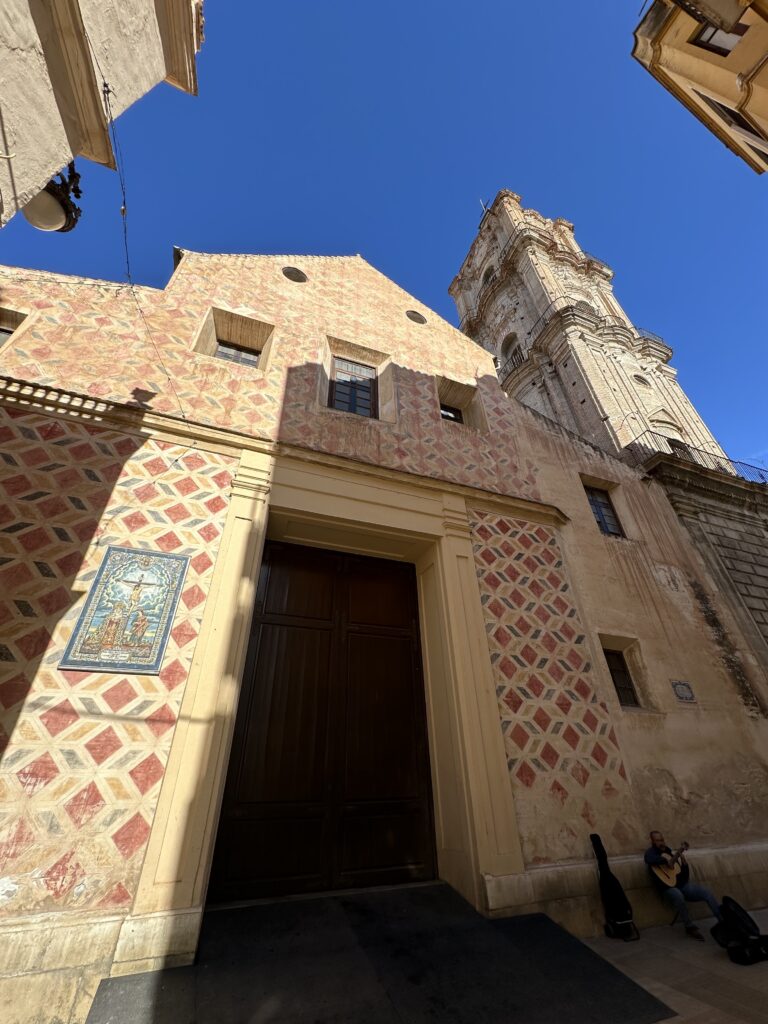Our few days in Malaga were relaxing. We did some sightseeing, sat on the beach and enjoyed the warmth of the sun, found good coffee and sampled some local cuisine (including Pil Pil). We will return to Malaga for Easter weekend, to experience the final days of Semana Santa.
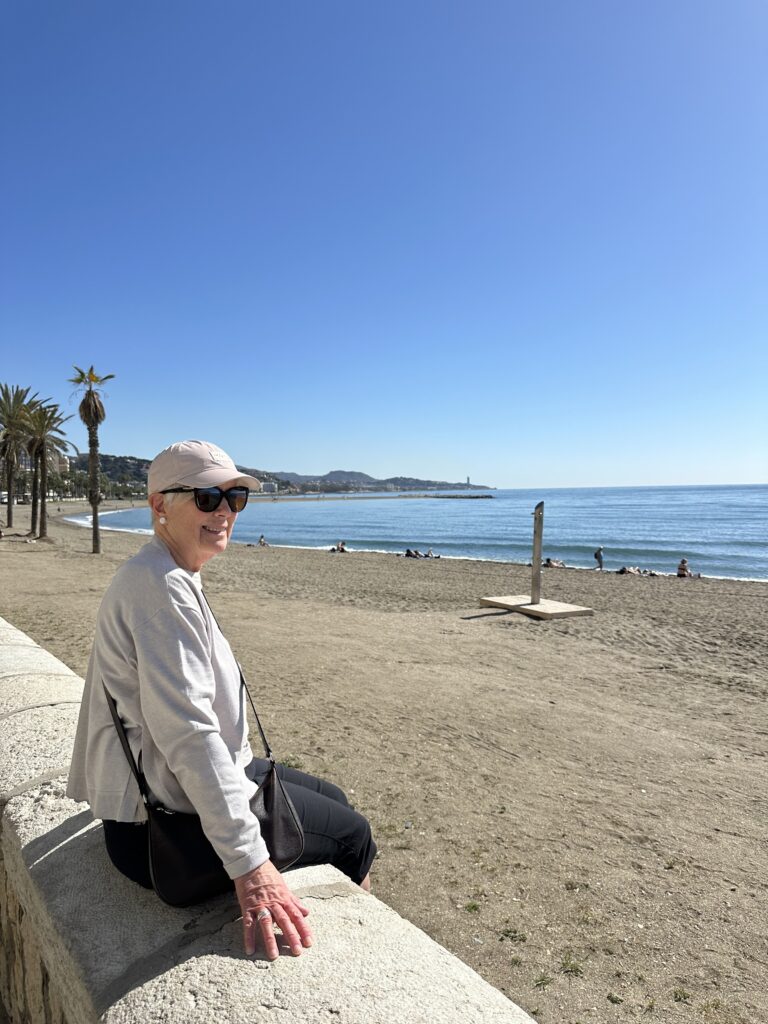


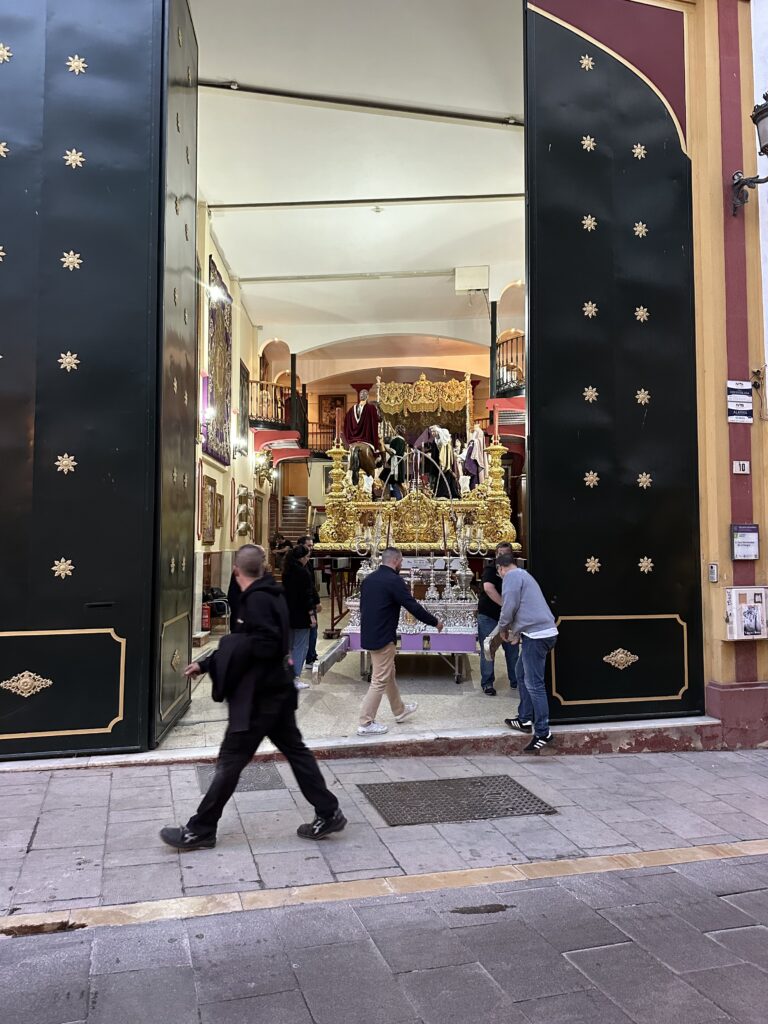

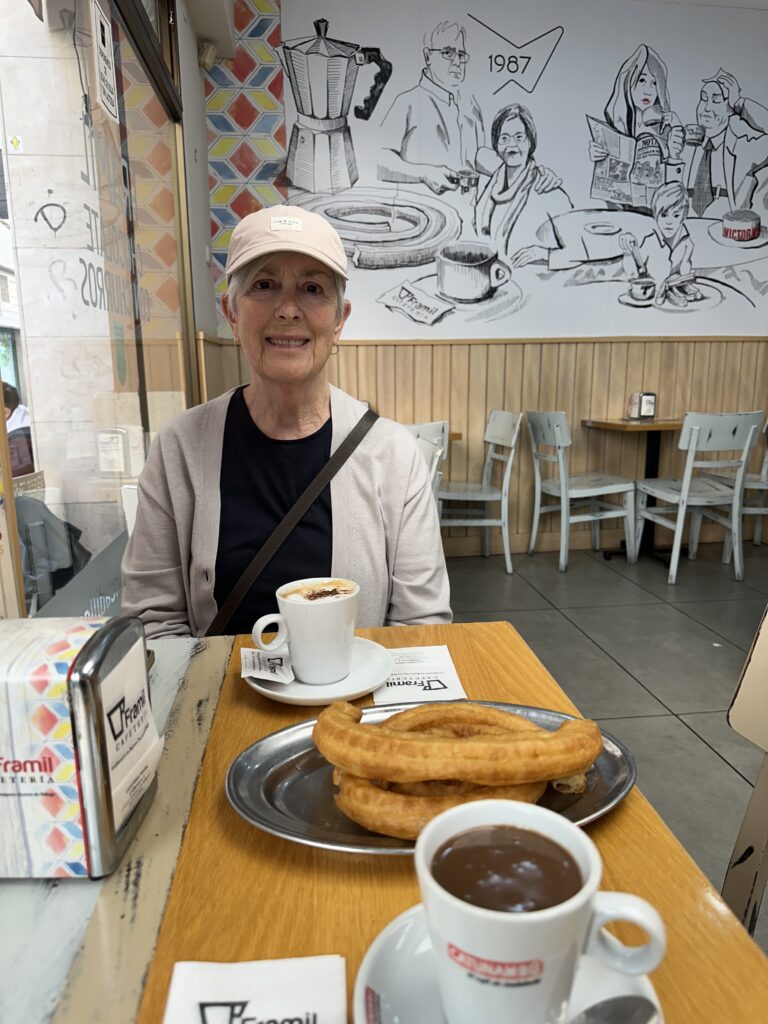

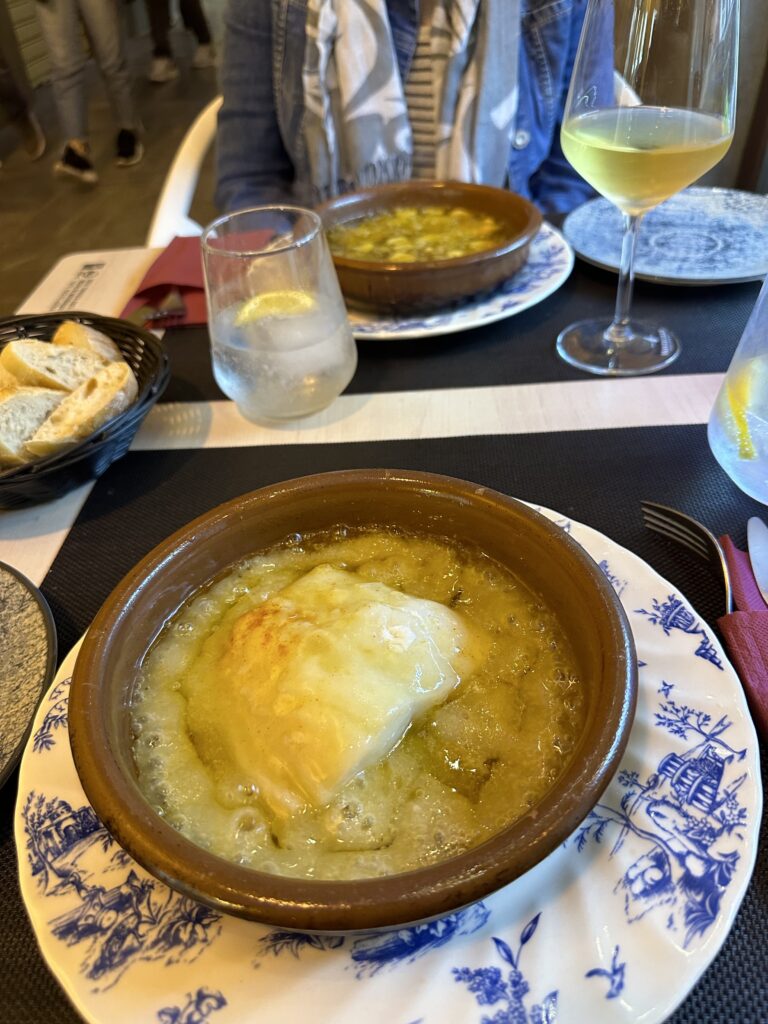
Although there were plenty of tourists, it was possible to find peaceful retreats. We expect it will be much busier during Easter celebrations.

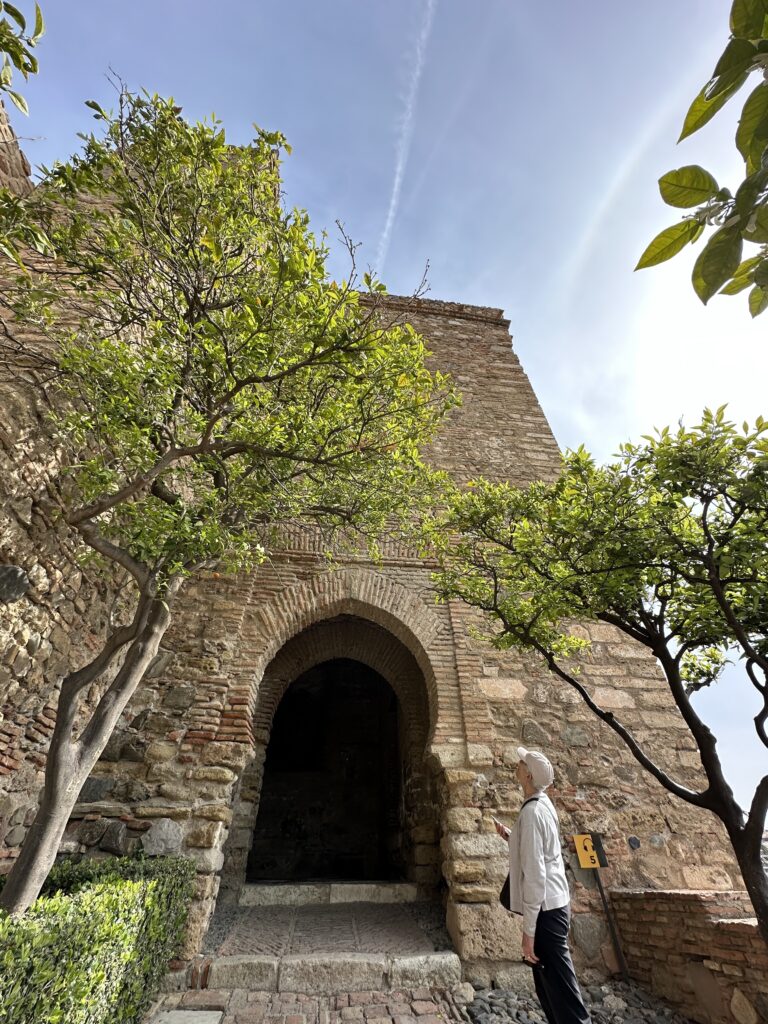


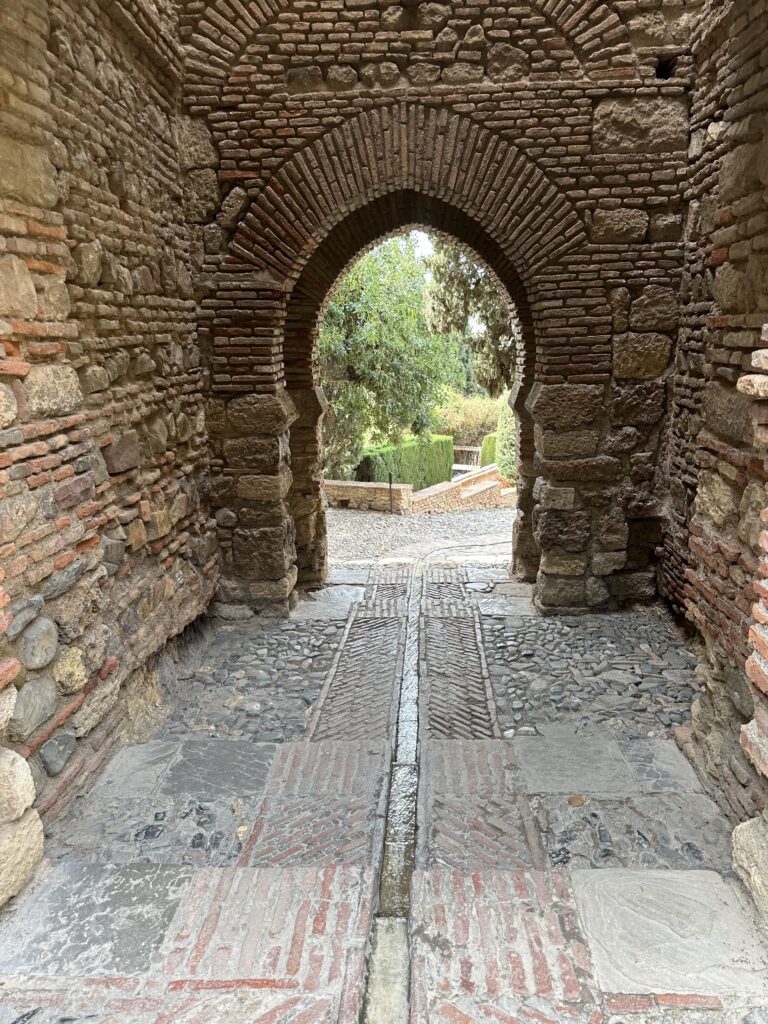

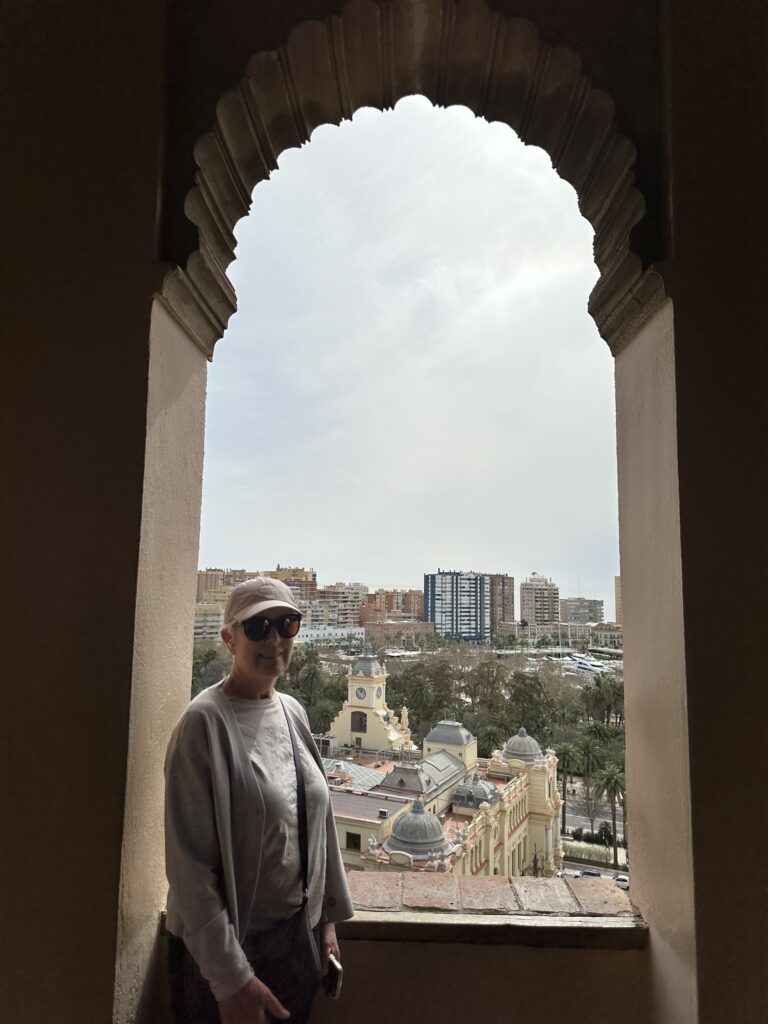
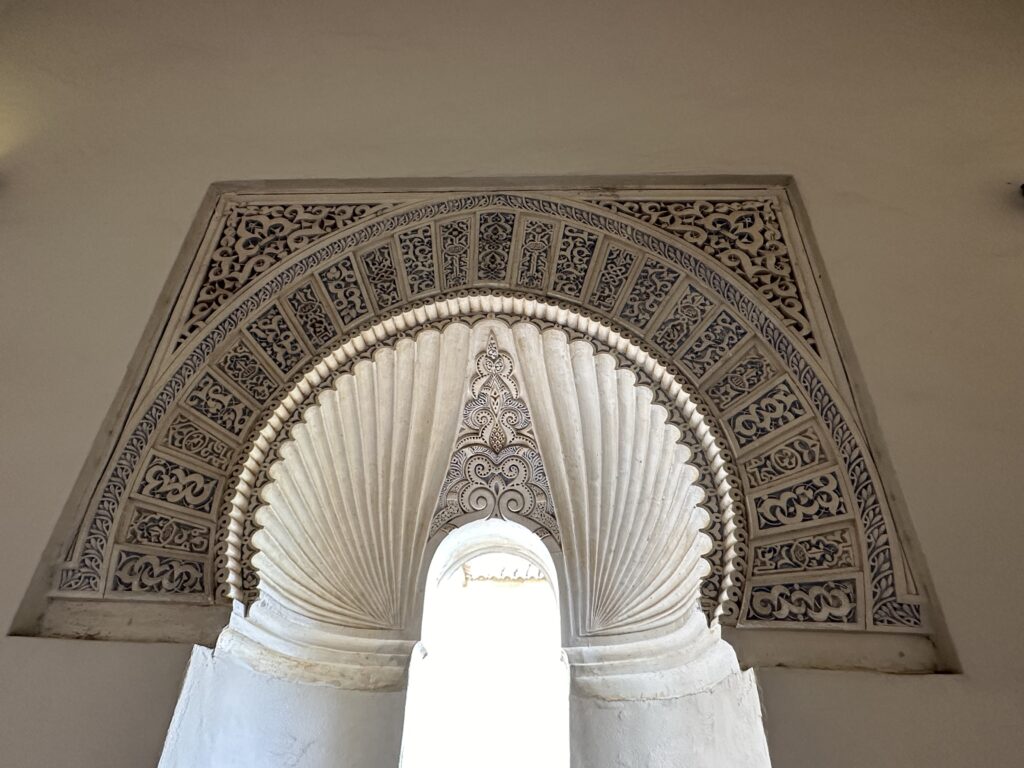
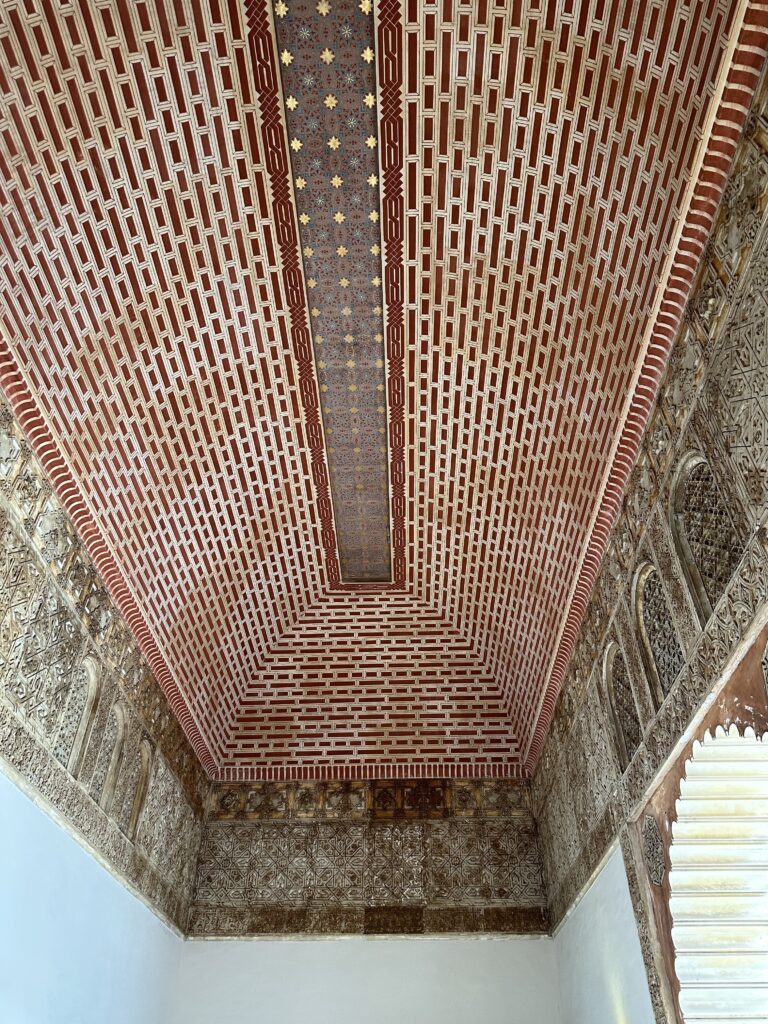

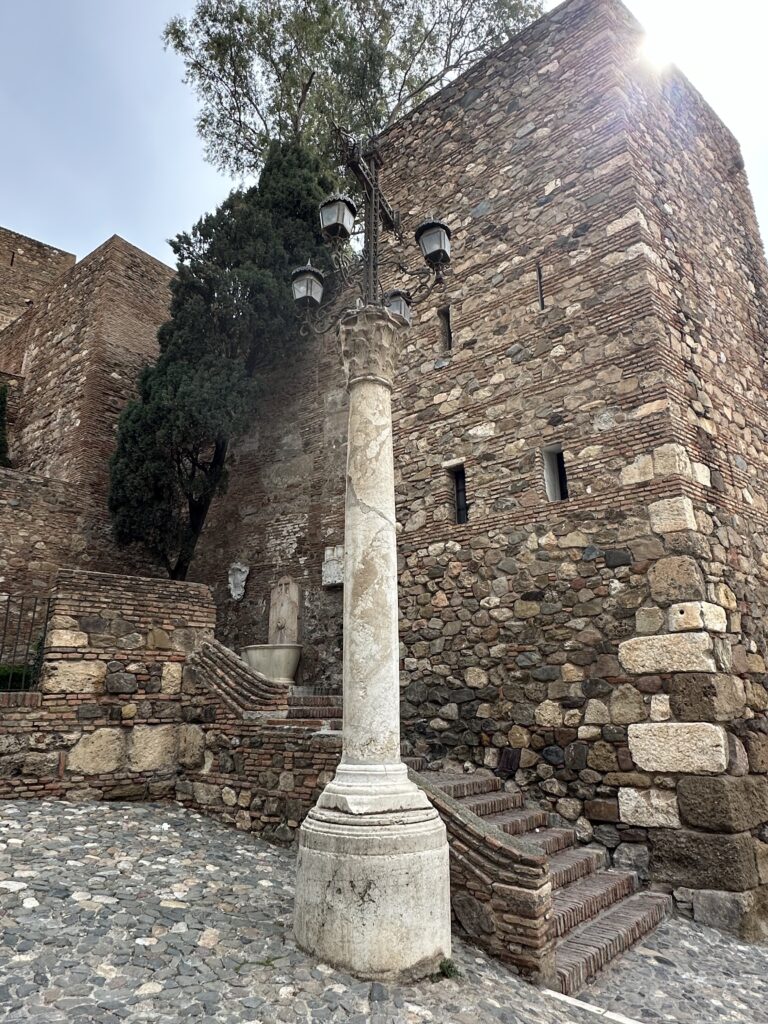
After Morocco, we were interested to visit the Alcazaba of Malaga (the word Alcazaba comes from Arabic « AL-qasbah » referring to a fortification within a walled town), one of the best-preserved alcazabas in Spain, built during the period of Muslim-ruled Al-Andalus. Situated on a hill, previously occupied by Phoenicians since around 600 BC, a Roman villa after 205 BC – a Roman theatre, excavated and visible today, was built into the western slope of the hill in the 1st century AD – and an earlier fortress and mosque, the current Alcazaba was begun by the Hammudid dynasty in the early 11th century. Following the capture of Malaga by the Zirids of Granada in 1056, some additions were made during the reign of Badis (d. 1073). In the early 14th century, the Alcazaba was largely rebuilt by the Nasrid emir Muhammad II, including the fortifications and the palatial residences. While built as an impenetrable fortress, its architecture is impressive and beautiful. On the inside were delightful courtyards with fountains, the scent of orange blossom everywhere. From the parapets, we had stunning views of the city and the Mediterranean.
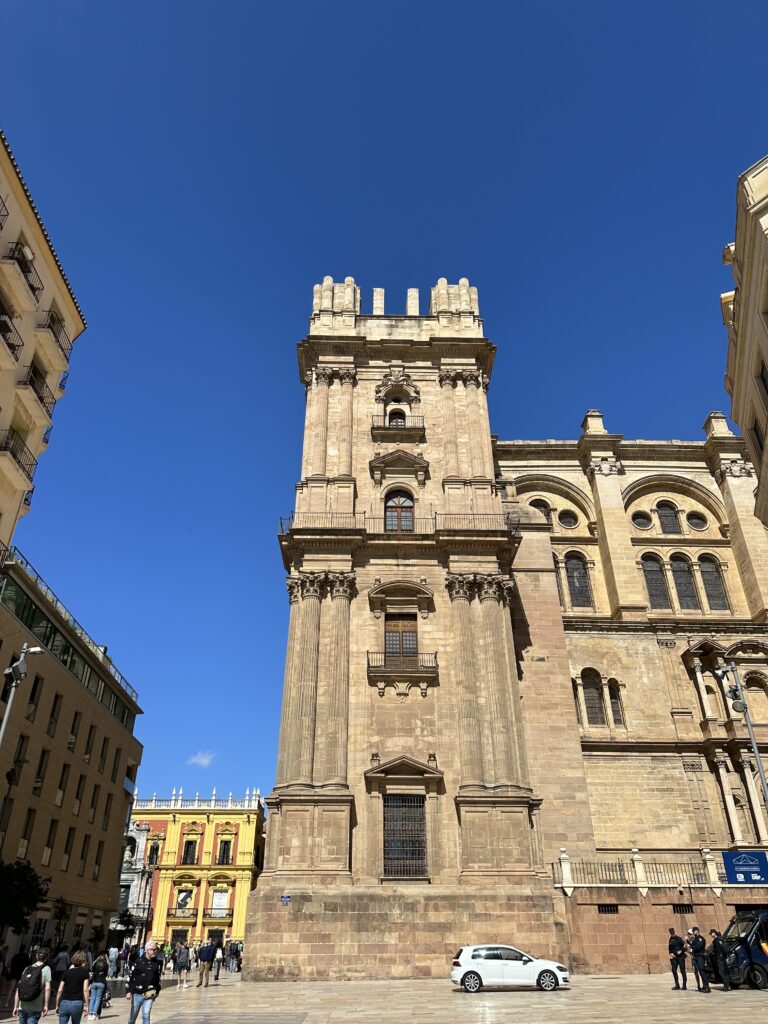
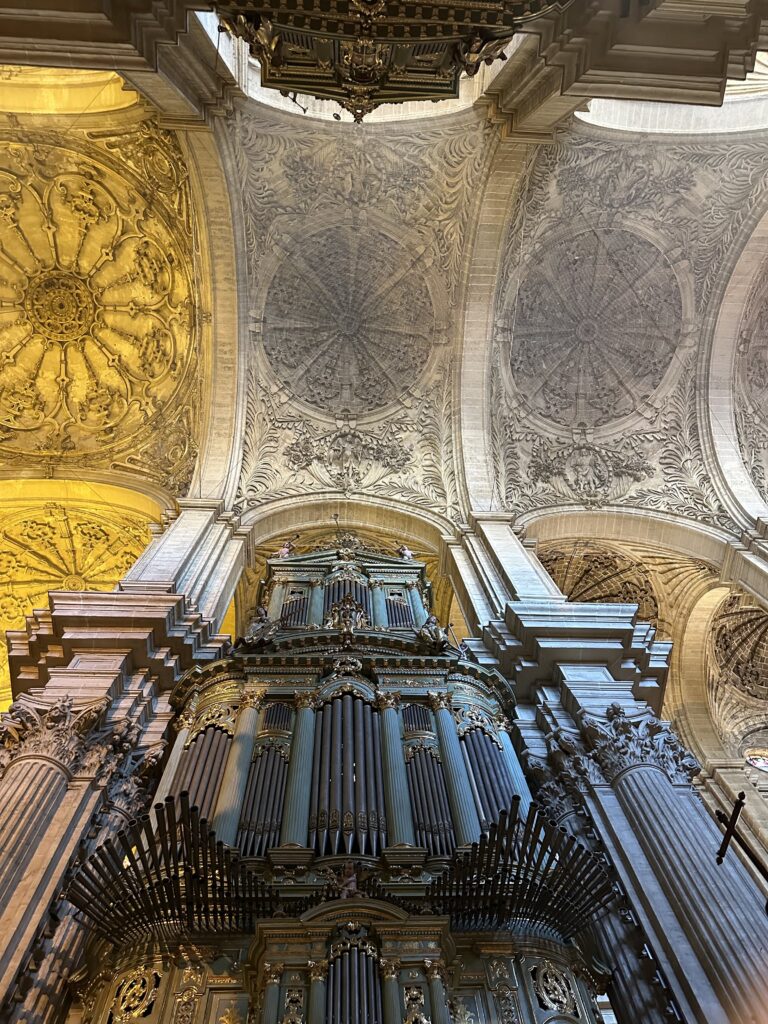

Malaga Cathedral – The north tower of Malaga Cathedral is 84 metres (276 ft) high, making this building the second-highest cathedral in Andalusia, after the Giralda of Seville. To defray the enormous expenses of the work, the Crown, after the War of Succession, imposed an excise duty or tax on the ships that called in Málaga, demanding an amount for each arroba of weight that they embarked. In this way, throughout the entire 18th century and especially since 1776, when trade with America began to be liberated, the work progressed rapidly. At the end of the century the budget to finish the work ran out as they were assigned by the king Carlos III to be sent as aid to the Americans who had risen against England to achieve their independence. The rest of the budget for port taxes was used to rehabilitate the roads, bring water to Málaga through the aqueduct of San Telmo, and Mount Pío of the ‘Fellowship of Vinneros’, mainly for widows, orphans of the militias that participated in the American Revolution. To this day, the south tower of the Cathedral remains unfinished which has led to the cathedral being called “La Manquita”, meaning in English, “The One-Armed Lady”.

The La Farola is a 21.64 meter high lighthouse in Malaga. The name is unique because lighthouses are generally called El Faro in Spain, using the masculine gender rather than La Farola, the feminine gender. It was built in 1817 and replaced an earlier lighthouse built at the location. The structure was damaged during the earthquake of 1898 and again during the Spanish Civil War, but was restored again in 1939. Today, La Farola serves the port and air traffic.
The Centro de Arte Contemporánio contains many interesting works from modern Spanish artists (and a number by Andy Wharhol).
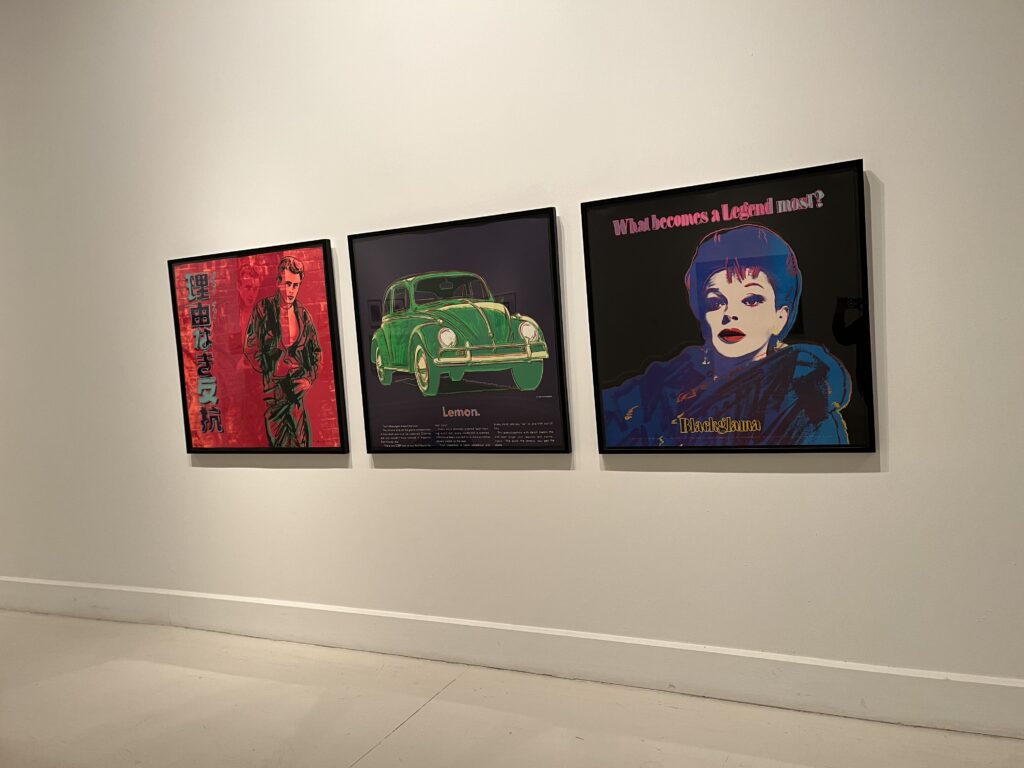

We could see the spire of the Iglesia de San Juan from our apartment. On our morning walk to coffee (Next Level 9.0) we passed these walls of the church decorated with 18thC paintings.
